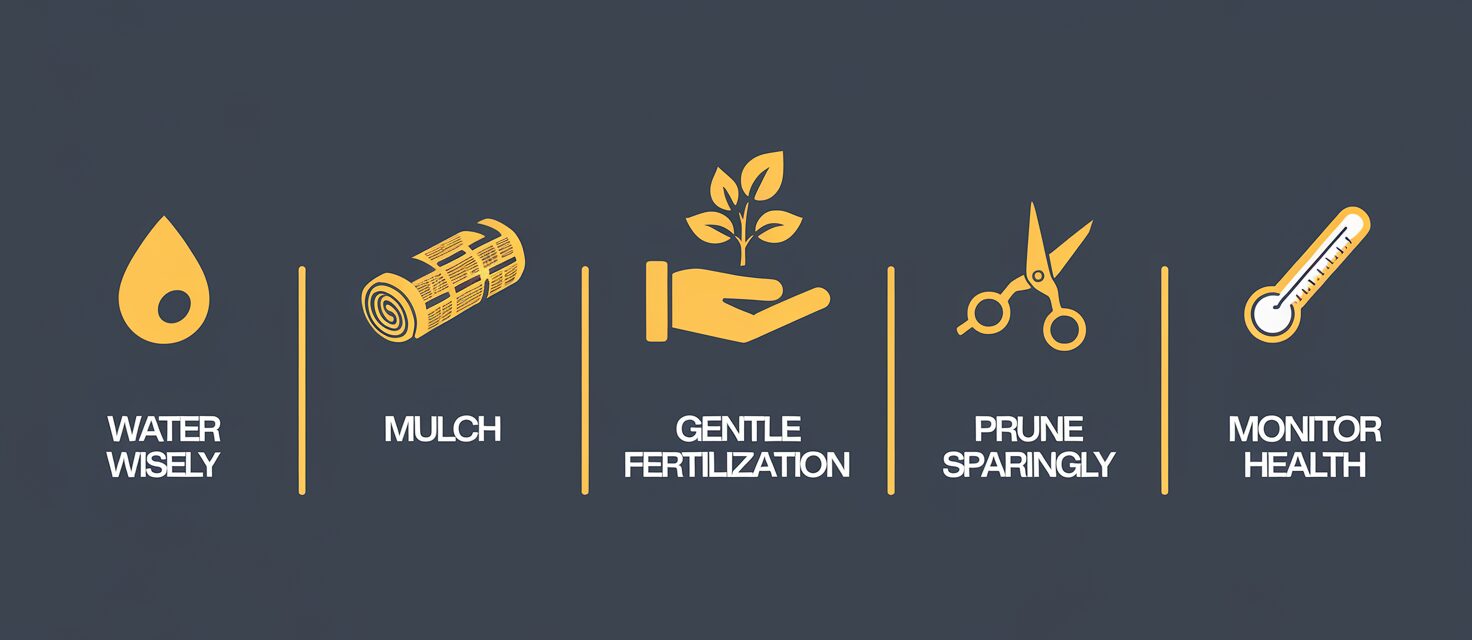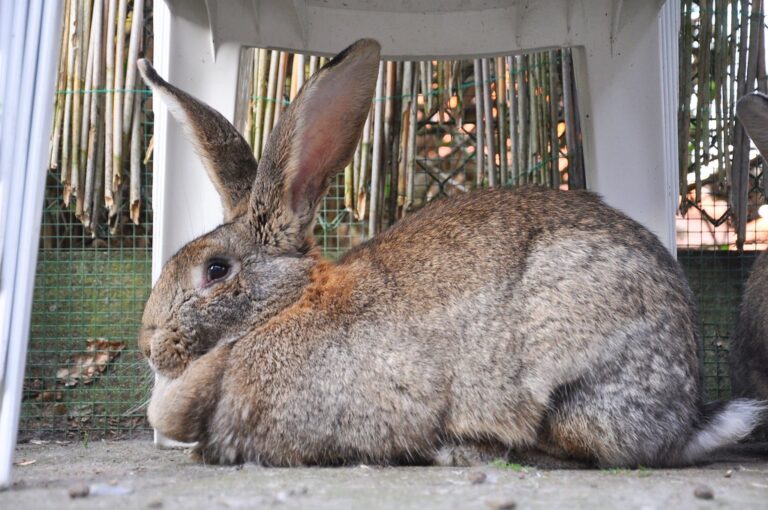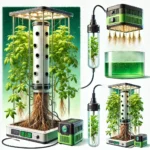Email: blogagri2@gmail.com
Low Maintenance Outdoor Plants that Grow in Full Shade

Are you in search of plants that can thrive in the darker areas of your garden? Are shady areas making you feel uncreative and uncertain? You are not the only one. One of the biggest problems that many gardeners face is how to serve as the outdoor plants that do well in the sun. But, the good news is that a great many low-maintenance outdoor plants are eager to brighten your shady areas!
Envision the plant areas and bright colors being the fresh accents in the places with very little sun exposure. With the appropriate selections, your full shade zones could be transformed into incredible oases, alive with colors. So let’s explore the advantages of these hardy plants first, as well as which outdoor shade plants for pots would be a good source of joy but are not too taxing on you!
Benefits of Low Maintenance Outdoor Plants
Low maintenance outdoor plants are in fact a gardener’s dream. They are beautiful and do not require much care and attention, unlike many traditional varieties. With these resistant plants, you can easily lead a busier lifestyle while enjoying a thriving garden.
They usually have a great drought resistance which makes them perfect for the summer months. In situations where watering could get forgotten, people can forget similar situations as well. Moreover, flowering plants can be uninfected indeed, both groups of people will surely lack in that particular issue. Also, these plants will breed quickly if different soils being He plants have also been observed needing less work in ensuring the soil’s nutrients were enough. Therefore, they do less worrying about soil treatment overall.
Their potential for attracting wildlife could be another plus point. Such friendly fauna as bees or butterflies would often choose low-maintenance plants as their preferred source not only for food, but also to stay sheltered from the wind, sun, and rain during their work in the fields. Consequently, it becomes possible to help local ecosystems on the one hand, while making your garden space more vibrant, on the other hand.
They offer year-round interest with minimal effort. Whether it’s evergreen foliage or seasonal blooms, these resilient choices keep your garden looking fresh throughout the year!
Understanding Full Shade Conditions
Full shade refers to shaded locations where very little or no direct sunlight is received, usually less than three hours of light per day. This is commonly the result of sun rays being blocked by tall trees, thick shrubs, or buildings.
In such conditions, the quality of light differs. It’s softer and cooler in comparison to sunny areas. Plants in a fully shaded area usually adapt by growing larger leaves that are able to catch the little light that filters through.
Additionally, soil moisture levels are typically higher in shaded spots. The ground tends to store water better without the intense heat from direct sun exposure. That said, this can also further complicate things such as the growth of fungi that occur without good drainage.
Familiarity with these factors is very important before choosing the outdoor plants you want to grow in this type of environment. Different species will adapt to different amounts of shaded and moist conditions, therefore, it is necessary to be cautious and choose wisely for a flourishing garden.
Top 5 Low Maintenance Plants for Full Shade
For those tough full shade situations, a couple of hardy plants can certainly survive with minimal fuss.
Number one on the list is **Hosta**. Its beautiful and diverse lush foliage adds elegance to the decor without doing much regular maintenance.
Number two on my list is the **Ferns**, and the Japanese Painted Fern is particularly recommended. Its very interesting and delicate fronds enrich shaded regions in terms of the textures of those regions, and they perform well in the moist soil.
The Astilbe is a lovely flower that can grow in the shades. Its feathery and super-abundant petals batten down the hatches and open it up to making it a magnet for pollinators, thus requiring only a minimal amount of care.
**Heuchera** such as coral bells, the famous plant for their leaves with vibrant colors which can vary from rich deep purple to bright lime green, are worth a glance. They are tough plants that can survive under containers.
**The Lungwort** is worth considering. This rare plant has distinctively spotted leaves that are the most coveted items to the touch, while its flowers are the most sought after because of their beauty and elegance, making it easy to remain in the dark corners of your house.
Care tips for Low-Maintenance Plants

Caring for outdoor plants that do not take up a lot of time can be easy. Start with evaluating the conditions of your garden. Learn about the light, moisture, and soil types in the shaded parts of your garden.
Watering should be the main concern however, do it with great care. Most of the shade-loving plants like the soil to be rich in moisture but not overly wet. Spread out the mulch to retain soil moisture and at the same time minimize weed growth.
Fertilization is another process that must be mild. An early spring slow-release fertilizer can provide essential nutrients without overwhelming your plants.
Pruning is not always necessary but letting go of the old or yellowing leaves is a good idea to help the plants stay healthy and beautiful. This easy step allows for the generation of new leaves while making your garden orderly.
Be vigilant about any possible pests or diseases, even on resilient types. Catching the problem at an early time will keep your low-maintenance outdoor plants green and lustrous all their growing season.
A Low Maintenance Plant Incorporation Design
Low maintenance outdoor plants can change your garden design, which can transform a shaded space into a vibrant oasis. To begin with, select the right plants that like to grow in places with full shade such as ferns or hostas. They have lush foliage that adds texture and depth to any garden.
Layering different plant heights for visual interest should also be a consideration. Taller varietals can act as the backdrops, while shorter varieties can fill in the image in the foreground. This results in a dynamic look without requiring constant upkeep.
Further include containers as well. Outdoor shade plants for pots allow possibilities of movements and can be easily the means for lighting up dark corners of your yard through your initial efforts. Choose unique pots such that the character of your yard is added.
Additionally think about pathways or borders that utilize decorative stones or mulch around these plants. This not only perfects aesthetics but also helps with moisture retention and weed control, thus making it less difficult for you as a gardener!
Low Maintenance perennials for Shade
Perennial low-maintenance plants are great for areas of shade in your garden. They require very little care to do well, which makes them ideal for busy homeowners.
You might want to try hostas as a plant. Their lush foliage comes in different colors and sizes. They are easily the most significant addition to shaded areas.
The list of ferns is another great option. Their delicate fronds like to be in shaded areas where they can create a natural landscape under trees or in shady pathways.
Partial or full shade is where Astilbes bloom beautifully and can brighten up the garden with vivid color so that little care is needed.
If you want something special, you can try the lungwort plant. Even when not in bloom, its leaves are attractive.
These perennials not only upgrade your outdoors, but they also need less water and looking after than other plants—such a nice choice for the easy-going gardening lovers!
Other Factors to Consider When Choosing Plants
While selecting outdoor shade plants, think about the nature of the soil. Different plants, such as those that grow in the sand and those that grow in clay, are prevalent. Testing your soil can reveal its pH and nutrient profiles.
The amount of light is also critical. Indeed, even in full shade, some areas may receive filtered light or dappled sunlight. Find out these details to pick the right one.
We need to take into account local wildlife as well. Beneficial pollinators may come to certain plants that, on the other hand, might bring in harmful pests.
Keep in mind your personal care preference. There are several levels of garden intervention, ranging from rich biodiversity to a rugged rock garden with very little care at all. It is essential to consider how much time you are willing to spend on cutting the grass or watering.
The climate influences choosing the plants too. Review hardiness map zones for optimal growth and resilience against local environmental weather patterns.
If you Missed: How to Design the Perfect Above Ground Garden Bed
Conclusion
For shaded, overlooked parts of your garden, low-maintenance outdoor plants are a beautiful option. By choosing the right species, you can have a lush oasis without constant care.
To make the right choice of plants, you need to be aware of the conditions in which they will grow. There are places in many gardens that hardly get sunlight, but with the right shade-tolerant varieties, they can thrive.
Among the top 5 low maintenance plants that we have just discussed, there are options with pretty and lovely colours. From hostas to ferns, each plant has its own specific charms and doesn’t take much effort from you to take care of them.
Taking care of these plants doesn’t have to be difficult; the steady update of the watering schedule and clumps every which day is enough to keep them healthy. Incorporating low maintenance perennials into your design is also a trustworthy thing because it is complicated, it needs to be constantly looked after, but at the same time, it can achieve the great result that you require: you will get year-round greenery without busy days or lengthy night shifts of watering and clipping.
Meanwhile, plant choice should factor in the main environmental conditions of the area: soil type, moisture levels, and climate. This is a good approach that gives you a good chance of creating an inviting environment that has life in it even in places where there is no decent light.
With high access to technology, it is clearer than ever that growing a gorgeous garden with durable plants is possible. Complete your list of sleepless shady houseplants, and you will turn the dark corners of your house into an exquisite retreat!







